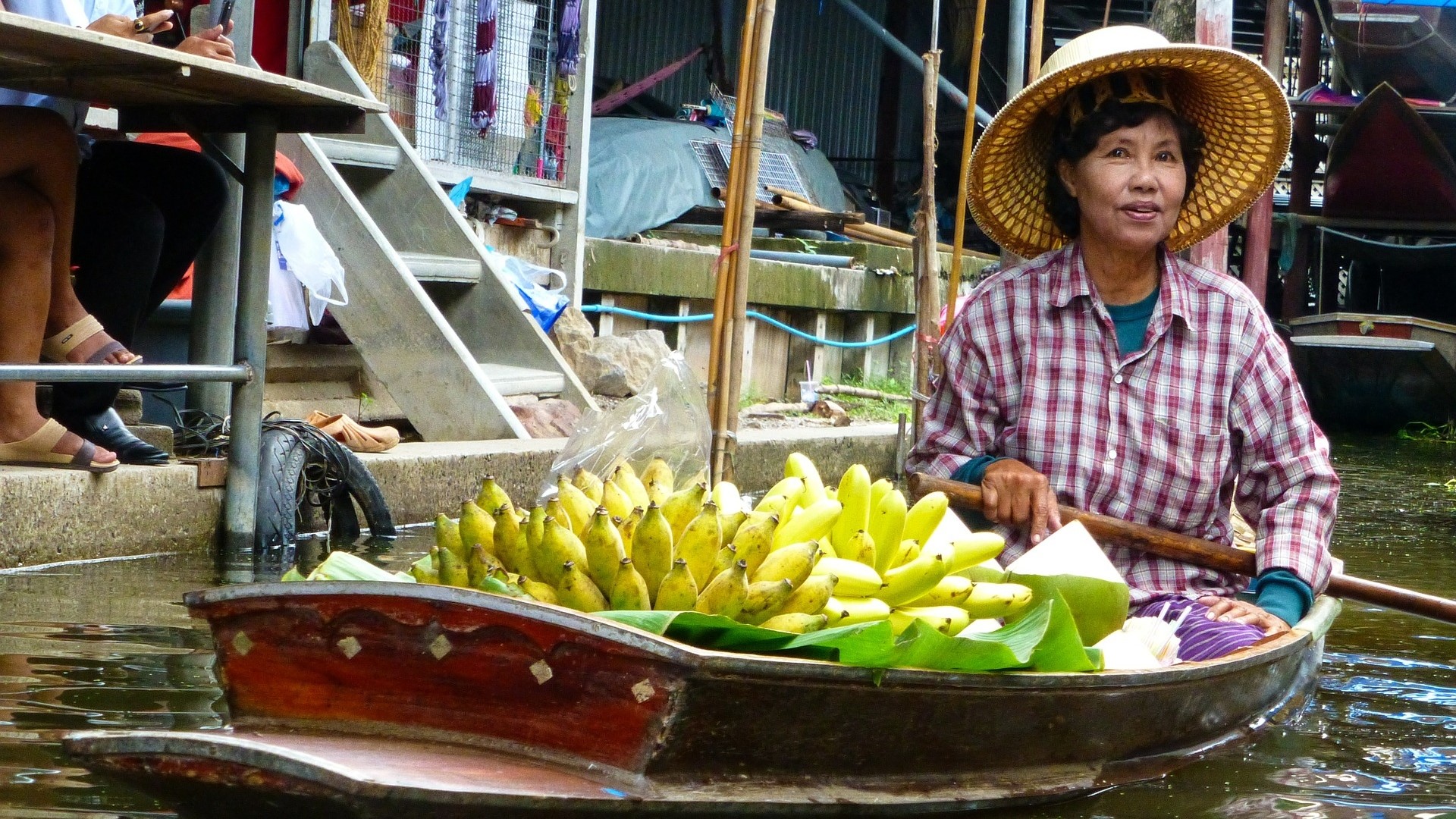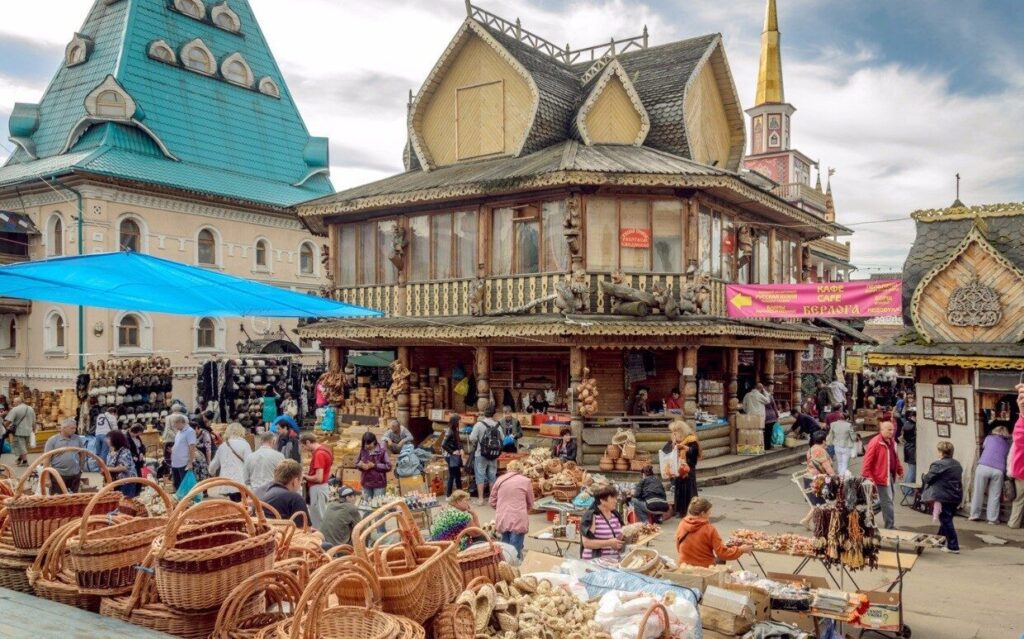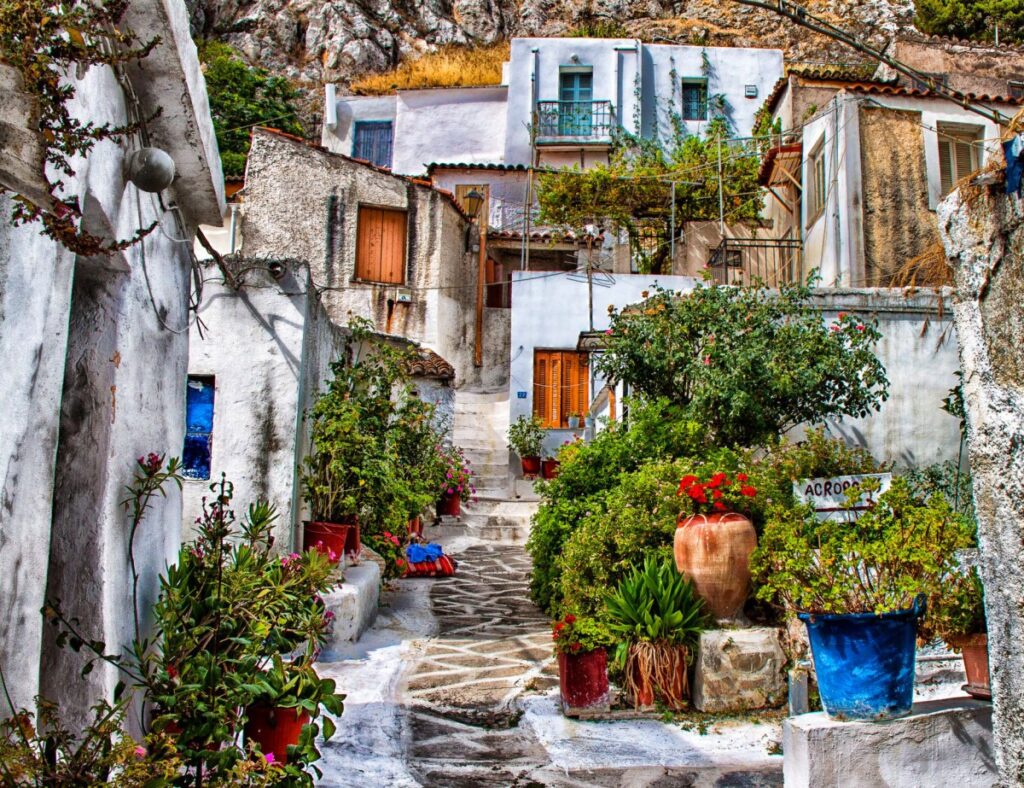Thailand, with its intricate network of rivers, canals, and waterways, has given birth to a unique cultural phenomenon – the floating markets. These lively and colorful hubs of commerce and cuisine have been an integral part of Thai life for centuries, offering a captivating glimpse into the country’s rich heritage and aquatic traditions. From the bustling markets of Bangkok to the serene canals of rural provinces, each floating market is a feast for the senses, inviting visitors to immerse themselves in the vibrant sights, sounds, and aromas that define this quintessential Thai experience.

The Origins and Evolution of Floating Markets
A Waterborne Way of Life
The concept of floating markets traces its roots back to the days when waterways served as the primary means of transportation and commerce in Thailand. Before the advent of modern roads and infrastructure, communities settled along rivers and canals, relying on these waterways to connect them with the outside world. As a result, a unique culture emerged, revolving around the use of small boats and rafts for trading goods, transporting passengers, and conducting daily activities.
A Thriving Epicenter of Trade and Commerce
As these waterborne communities flourished, floating markets became the epicenters of trade and commerce. Vendors would load their boats with an array of fresh produce, handcrafted goods, and locally sourced delicacies, creating a floating marketplace where buyers and sellers could engage in lively transactions. These markets served not only as commercial hubs but also as vibrant gathering places, fostering social interactions and cultural exchange.

Adapting to Modernity
While the advent of modern transportation and infrastructure has transformed many aspects of Thai society, floating markets have persisted as a cherished part of the country’s cultural fabric. Today, these markets offer a unique combination of tradition and modernity, with vendors embracing modern marketing techniques while preserving the authenticity of their offerings and the charm of their waterborne setting.
A Tour Through Thailand’s Iconic Floating Markets
Damnoen Saduak Floating Market
Located in the province of Ratchaburi, about 100 kilometers west of Bangkok, the Damnoen Saduak Floating Market is arguably the most famous and well-preserved of Thailand’s floating markets. This vibrant marketplace is a must-visit destination for tourists seeking an authentic taste of Thai culture. Vendors in traditional attire navigate the congested canals, selling an array of fresh produce, handicrafts, and mouthwatering street food from their colorful wooden boats.

Amphawa Floating Market
Nestled along the Mae Klong River in Samut Songkhram Province, the Amphawa Floating Market is a captivating blend of culinary delights and cultural heritage. This market comes alive in the evenings, when the canals are illuminated by charming lanterns and the aroma of sizzling seafood and grilled delicacies fills the air. Visitors can explore the market by boat, savoring the local flavors, and taking in the enchanting atmosphere.
Taling Chan Floating Market
Situated within the bustling metropolis of Bangkok, the Taling Chan Floating Market offers a respite from the city’s frenetic pace. This market is a popular weekend destination for locals and tourists alike, who flock to experience the vibrant atmosphere and indulge in an array of street food delicacies. From savory boat noodles to sweet mango sticky rice, the culinary offerings at Taling Chan are a true feast for the senses.
Khlong Lat Mayom Floating Market
For those seeking a more off-the-beaten-path experience, the Khlong Lat Mayom Floating Market in Bangkok’s Thonburi district is a hidden gem. This market retains a more traditional and authentic vibe, with vendors selling a diverse range of products, from fresh produce and flowers to handmade crafts and accessories. Visitors can explore the market by renting a small boat and navigating the narrow, tree-lined canals, immersing themselves in the serene ambiance of this unique marketplace.

More Than Just a Market: The Cultural Significance of Floating Markets
Preserving a Way of Life
Beyond their commercial function, floating markets play a vital role in preserving Thailand’s cultural heritage and traditional way of life. These bustling hubs serve as living museums, showcasing the country’s rich history and the ingenuity of its people in adapting to their aquatic environment. Through the vibrant displays of local crafts, textiles, and culinary specialties, visitors can gain a deeper appreciation for the intricate skills and techniques that have been passed down through generations.
A Culinary Adventure
Floating markets are not just places to shop; they are also culinary destinations in their own right. The food stalls and vendors lining the canals offer an incredible array of traditional Thai dishes, each with its own unique flavors and regional influences. From the famous boat noodles to the mouth-watering kanom krok (coconut rice cakes), these markets provide a delectable opportunity to sample authentic Thai cuisine at its finest.
A Sustainable Tourism Model
As Thailand continues to welcome an increasing number of tourists, floating markets have emerged as a sustainable and responsible form of tourism. By supporting these markets, visitors not only contribute to the local economy but also help preserve a way of life that has existed for centuries. Additionally, many floating markets have adopted eco-friendly practices, such as using reusable or biodegradable containers and promoting the sale of locally sourced, organic produce.

Conclusion
Thailand’s floating markets are more than just a spectacle; they are a living embodiment of the country’s rich cultural tapestry and its inextricable connection to the waterways that have shaped its history. Whether you’re a seasoned traveler or a first-time visitor, immersing yourself in the vibrant sights, sounds, and flavors of these aquatic marketplaces is an experience that will leave an indelible mark on your memory. As you navigate the bustling canals and engage with the friendly vendors, you’ll gain a deeper appreciation for the resilience and ingenuity of the Thai people, who have turned their aquatic environment into a thriving hub of commerce, cuisine, and cultural exchange.







